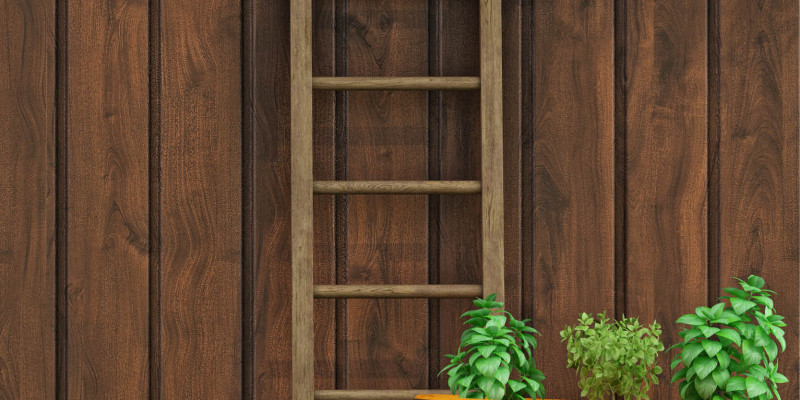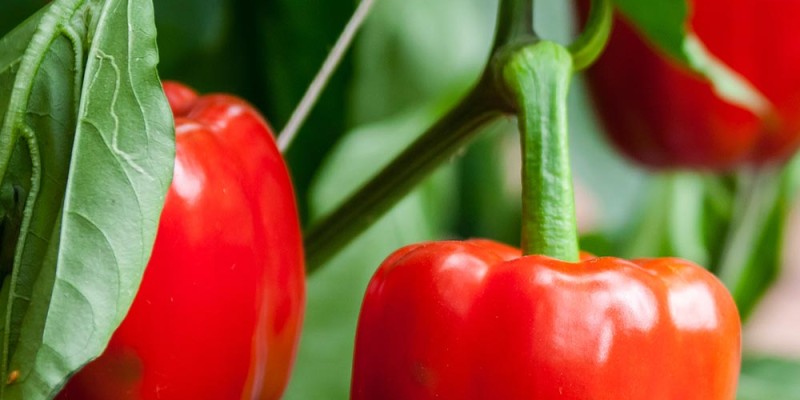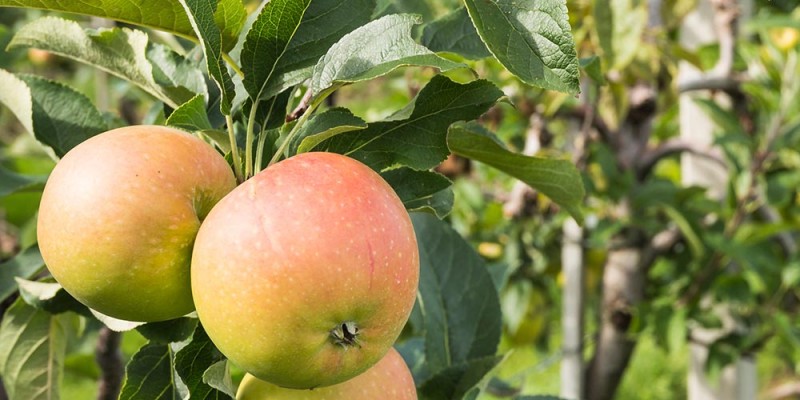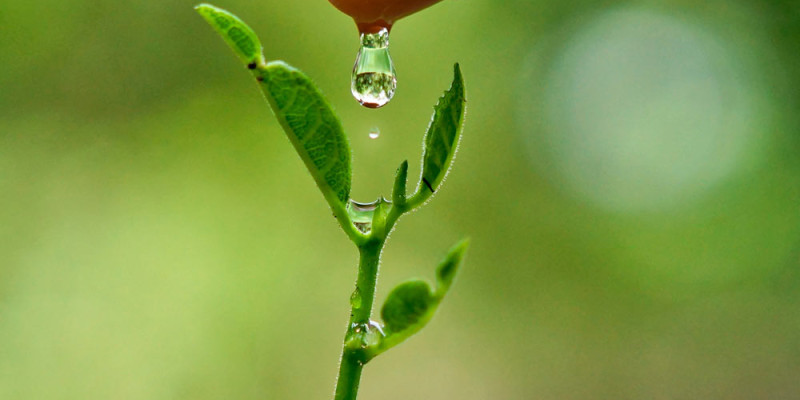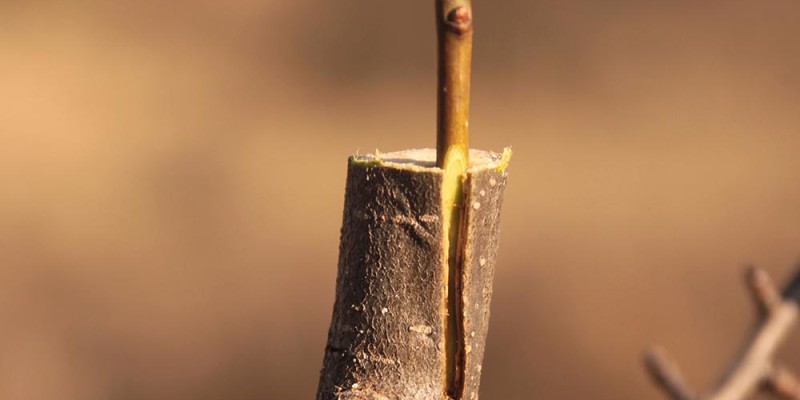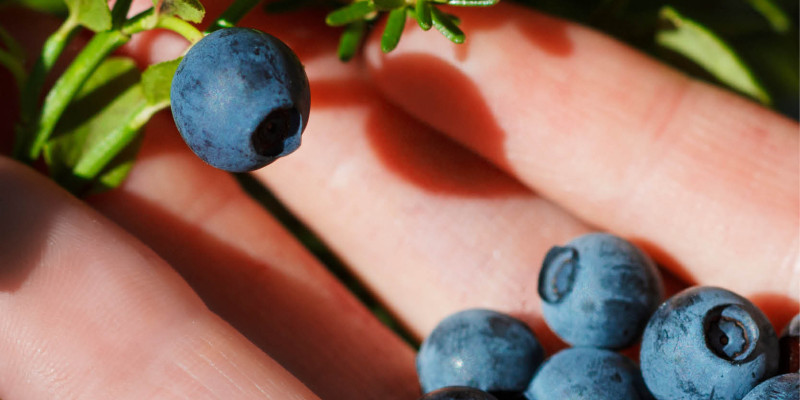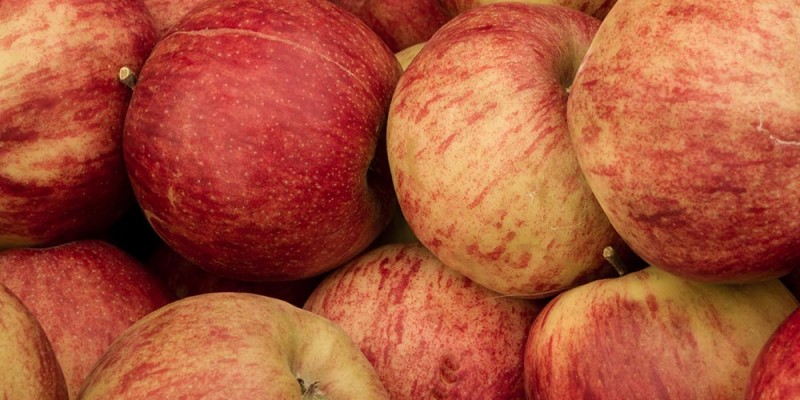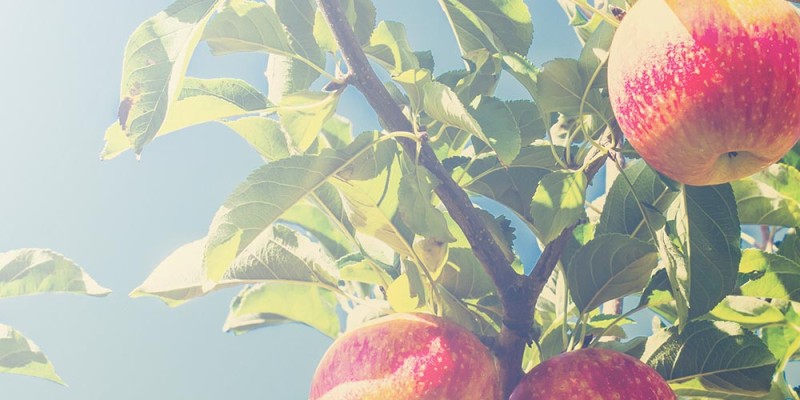How to properly prune fruit bearing trees
If you have a new fruit producing tree or have an older tree that has never been pruned this week we will touch on the basic principles of pruning fruit bearing trees. Pruning will help promote a healthy productive tree that is better able to fight diseases.
Late summer is a great time to prune your trees. Usually the best time is August or September after harvest. There are other times you can prune if need be however I find it easy to do following the final harvest.
The general goal of pruning an apple tree is to promote good sun penetration and air flow.
It is time to prune your apple tree the day after you plant it. If you wait too long you may not be able to achieve the desired effect.
You will need a few tools including sharp and clean pruners ranging from smaller to larger and if need be a sharp saw. If you are worried about disease and infection spreading you should sterilize your equipment with hydrogen peroxide before starting and between trees.
Before beginning I spend some time looking at the tree visualizing the cuts I am going to make. After all once you have cut it there is no going back.
Cross Over and Damaged
Start by removing any branches that cross back through the center of the tree. Imagine if the tree were a straight pole from the trunk all the way up. If any branches are growing towards the center pole remove it.
If you do have damaged or broken branches remove them back to the trunk or main branch.
When you cut larger branches start on the bottom side about 1 inch or 2-3 cm from the main trunk or branch. Cut 1/3 the way through and then proceed to cut from the top about ¾ ich or 2cm from the main trunk or branch. This will help prevent tearing and unnecessary damage to your tree.
Removing cross over and damaged branches will help increase airflow, sun penetration and prevent damage, disease issues and odd growth patterns.
After removing the cross over and damaged branches you can work towards the other cuts without these being in the way.
Leader Establishment
A leader is what will become the central trunk. In my case I have two that are competing for that right. You can select the leader that looks the healthiest. You can either remove the competing branch or like what I am going to do work to train it to occupy another space.
If yours is simply a long stick pointing at the sky you may want to reduce its height cutting just above a bud reducing its height by about 30 percent. That will spur side growth to help the tree fill out. Don’t do this until the second year.
Downwards branches
Downward pointing branches are easy to spot and generally end up shaded or rubbing against other branches. For this reason I will remove them to prevent further development and damage.
Shaded interior
Branches that are shaded on the interior of the tree will never produce well and can be a location for diseases to get established. Ones like this will almost always be shaded as the branches above it fill out.
Low angle branches
If you feel you need to continue to thin your apple tree you can now look for low angle branches. When loaded with fruit it is good to have branches that are strongly attached to the trunk and easy to access. Branches that have a low angle between them and the main trunk are more prone to damage and make access more difficult.
Suckers
Suckers can be found at the base of the apple tree usually from below the graft point. Most commercial apple trees are grafted as they don’t breed true and seeds from your favorite apple if planted that tree will likely produce a new variety and are often not appealing to eat. The suckers coming from the rootstock tree and should be removed to promote strong growth in your desired fruiting tree.
Suckers can also grow on the tree like the one on my espalier tree and should be removed in favour of growth that will form a branch. Suckers grow vertically and will if not checked grow into for all intensive purposes a new tree making the tree causing shading issues and potential damage.
Whorls
Are juvenile branches where three or more grow from the same point. Simply remove them to prevent overcrowding and damage further on.
Frequency
Following the shaping pruning I will continue to complete yearly pruning after harvest every year. It should not take nearly as much time and should help the tree stay healthy and produce consistently.
Espalier
Fruit trees like Apple trees are amazingly versatile and if you are short on space or wish to grow one on a patio, balcony or deck make sure to check out this video on espalier apple trees.
